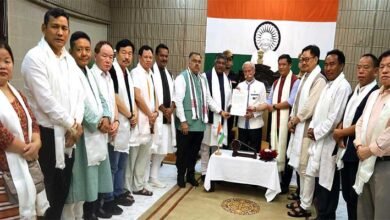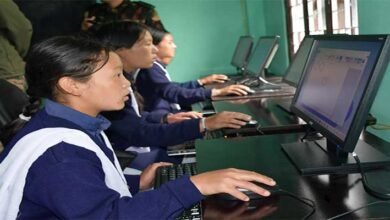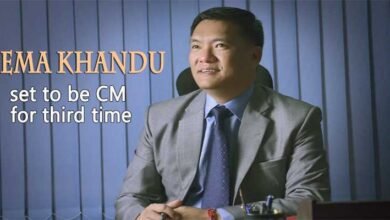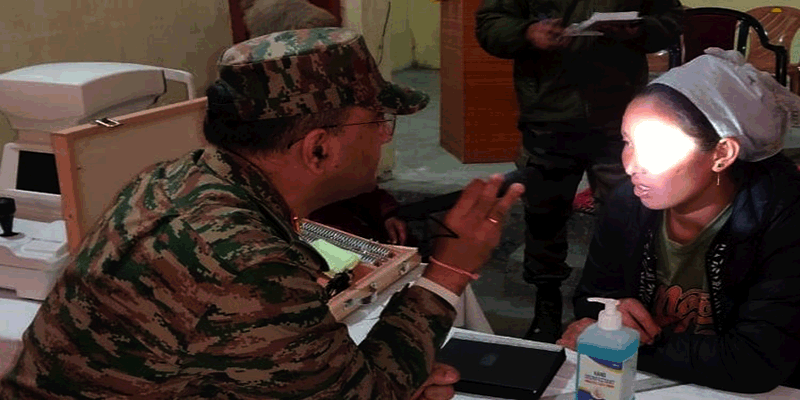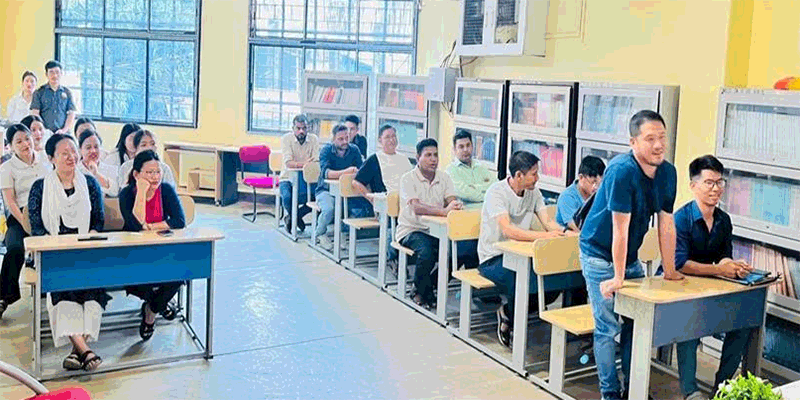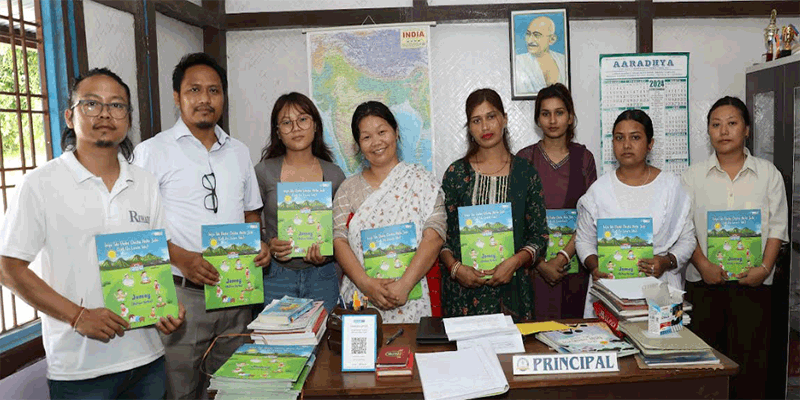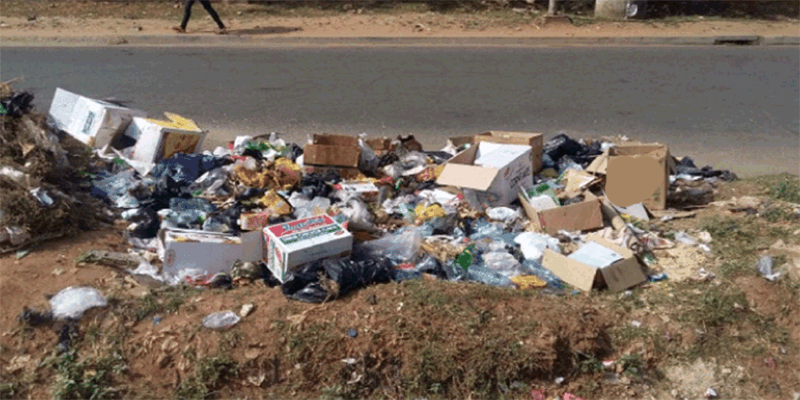Realizing the Dream of New Arunachal Pradesh
The dream and aspiration of a “New Arunachal” or “Rising or emerging Arunachal” – a buzzword- slowly getting momentum and ostensibly loud.

 Realizing the Dream of New Arunachal ( By- Nyatum Doke )- Our Arunachal is a land of opportunities, possibilities and dreams; but then it is also a land of difficulties, hardship and challenges. The opportunities bestowed by the nature, by our traditions and culture; ‘the possibilities’ that ‘these opportunities’ provide- to harbinger and realize new dreams. The dream and aspiration of a “New Arunachal” or “Rising or emerging Arunachal” – a buzzword- slowly getting momentum and ostensibly loud. The question then is, how to channelize and realize the dreams; how and where to release the newly found zeal- how to rise?
Realizing the Dream of New Arunachal ( By- Nyatum Doke )- Our Arunachal is a land of opportunities, possibilities and dreams; but then it is also a land of difficulties, hardship and challenges. The opportunities bestowed by the nature, by our traditions and culture; ‘the possibilities’ that ‘these opportunities’ provide- to harbinger and realize new dreams. The dream and aspiration of a “New Arunachal” or “Rising or emerging Arunachal” – a buzzword- slowly getting momentum and ostensibly loud. The question then is, how to channelize and realize the dreams; how and where to release the newly found zeal- how to rise?
Also Read- A Year in Longding District of Arunachal Pradesh
Despite the first light falling on the mighty mountains many of the pockets are still in the “shadow zones” due to the wrong “positioning of the mighty mountains” itself. By ‘positioning’ I metaphorically mean the way we try define the ‘process of development’ in terms of the narratives that is not relevant to us- one famous line I use to hear is “Hariyali Scheme se De-hariyali hogya” (Hariyali-Scheme for afforestation instead led to deforestation).
Take for instance the scenario of digital education in Arunachal Pradesh. During our childhood in 90s we used to confront shortage of books and teachers- we survived. today, with the dawn of the civilization and the era of the emerging technology everything turning digital- we are told ‘world is a village’ and boundaries are fading’ – the leaves of ignorance shedding and it is believed that everything is at the fingertip of an individuals and within their own control.
Also Read- DIPRO Interacted with School Students of GSS Longding
But, as I happen to travel few miles away from the District HQ towards some village, the mobile network, India starts to dwindle and flicker- thereby, the amorphous ghost of digital divide, shattering the dreams and aspirations of the youth and the people in the remote areas.
Today, in Arunachal apparently we have moved from Computer Aided Learning to Smart classes to Digital classrooms; however, my cook who is from a remote village in Longding would lament and tell me ‘Online classes are going on, and I cannot afford smart phone for my child”; then I see students perplexed and worried for their online exams. So, what is going wrong?
Let’s see, suppose If we place our state on the 5 (five) criteria or stages prepared by WW Rostow i.e. (1) traditional stage based on lack of technology, and intensive agriculture, (2) Transitional Stage based on some technological advancement, (3) Take-off stage when structural constrains are removed and self-sufficiency is attained, (4) Drive to maturity stage when industrialization has started and high level of technology development and productivity has risen, then finally fifth stage the mass consumption stage after people have all the basis needs.
Here, we can observe that our state can somewhere be placed between first three stages, but unfortunately, we trying to get into the fifth stage directly. What is needed, is to address the structural and other issues in the previous stages at first.
Coming back to the example of adopting Digitalization in various spheres, first, we should ensure access to good internet, enable people/employees to use the sophisticated technology, in addition to giving affordable and high-end tools and gadgets (smartphones/computers). For, example, we provide a “CMAAY” (health Card), but I have seen many not knowing how to use it- which defeats the very purpose- the examples can go on.
So, ‘awareness, accessibility, availability, affordability and most importantly capability’ must be ensured, if any program of scheme has to be made effective in real sense. This I am sure would be ubiquitously applicable to any efforts by the policy framers towards a “new Arunachal”.
My point is simple, our state need not copy-paste, replicate or reproduce or imitate the things which are being done by the other state. We should not put the cart before the bull; first create or lay the base and then the foundations on it. Provide the necessary infrastructure then come out with planning and implementing things.
Our Arunachal Pradesh in essence is intrinsically and instrumentally different from other fellow states of the country. We need to formulate “customized and tailor made “policies and program to fit the specific needs of our state instead of adopting anything readymade. Then, it should be evaluated based on “qualitative outcomes” and not on “quantitative Output”.
(The writer is DIPRO Longing, this is first part of the article the second part will be coming soon)





